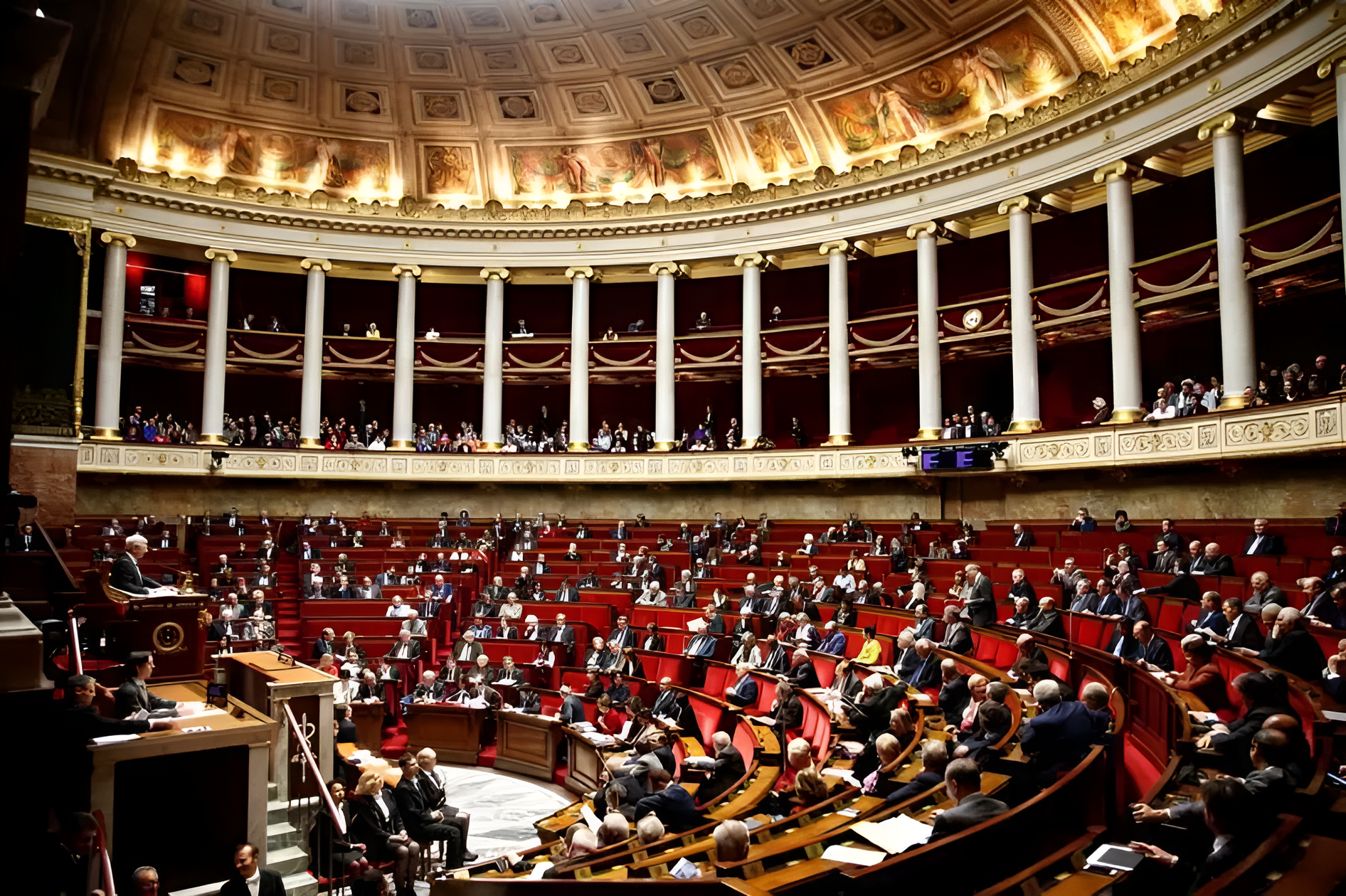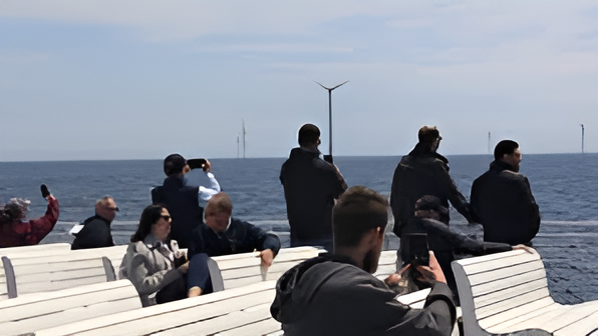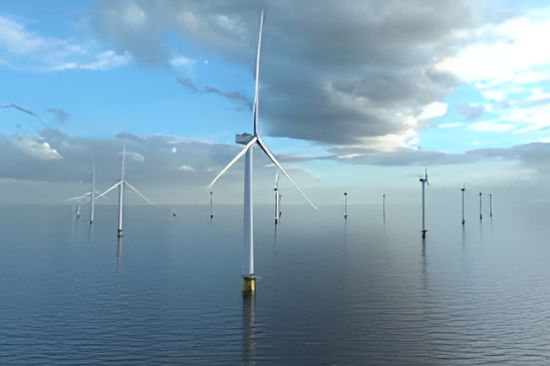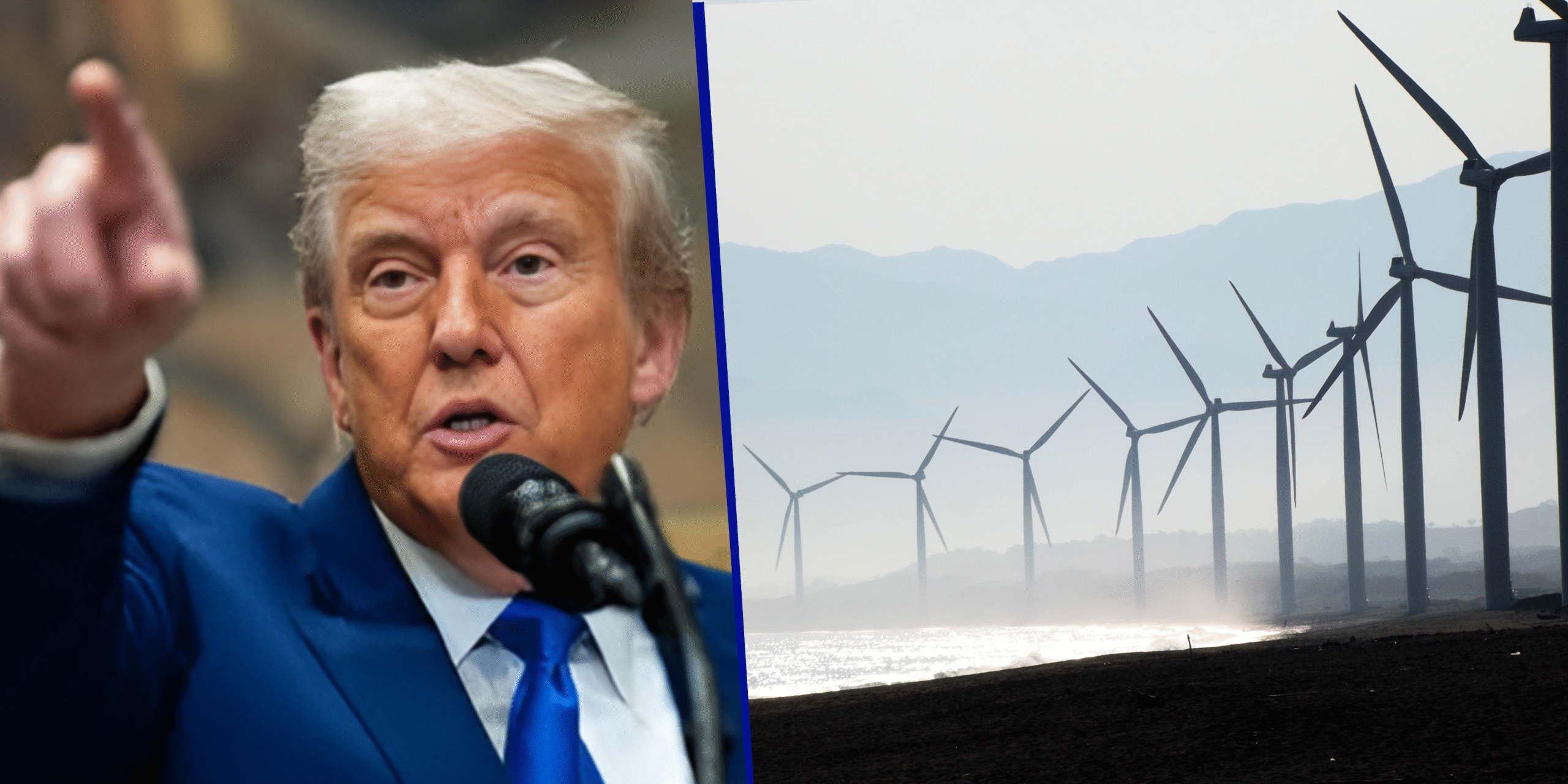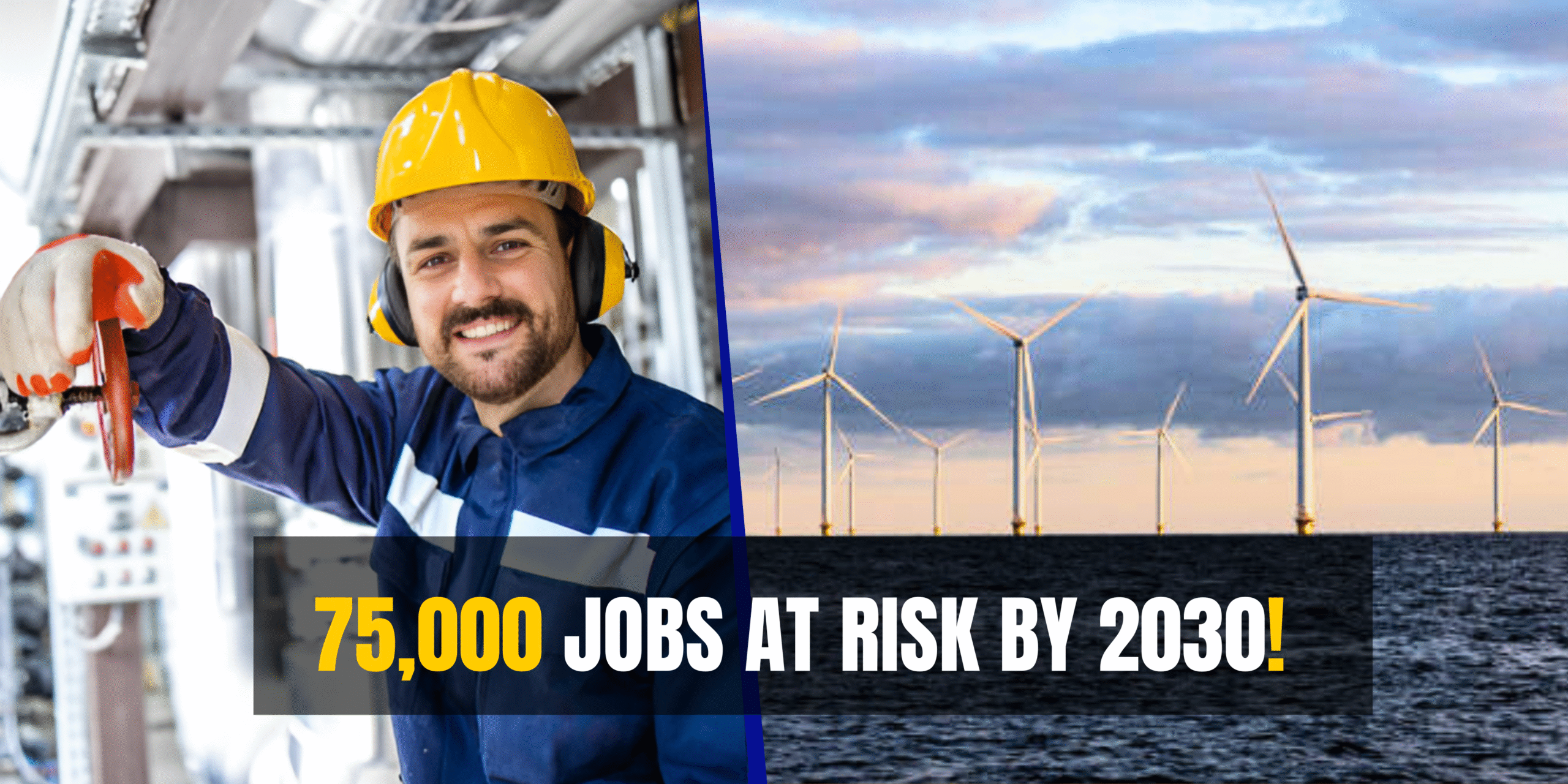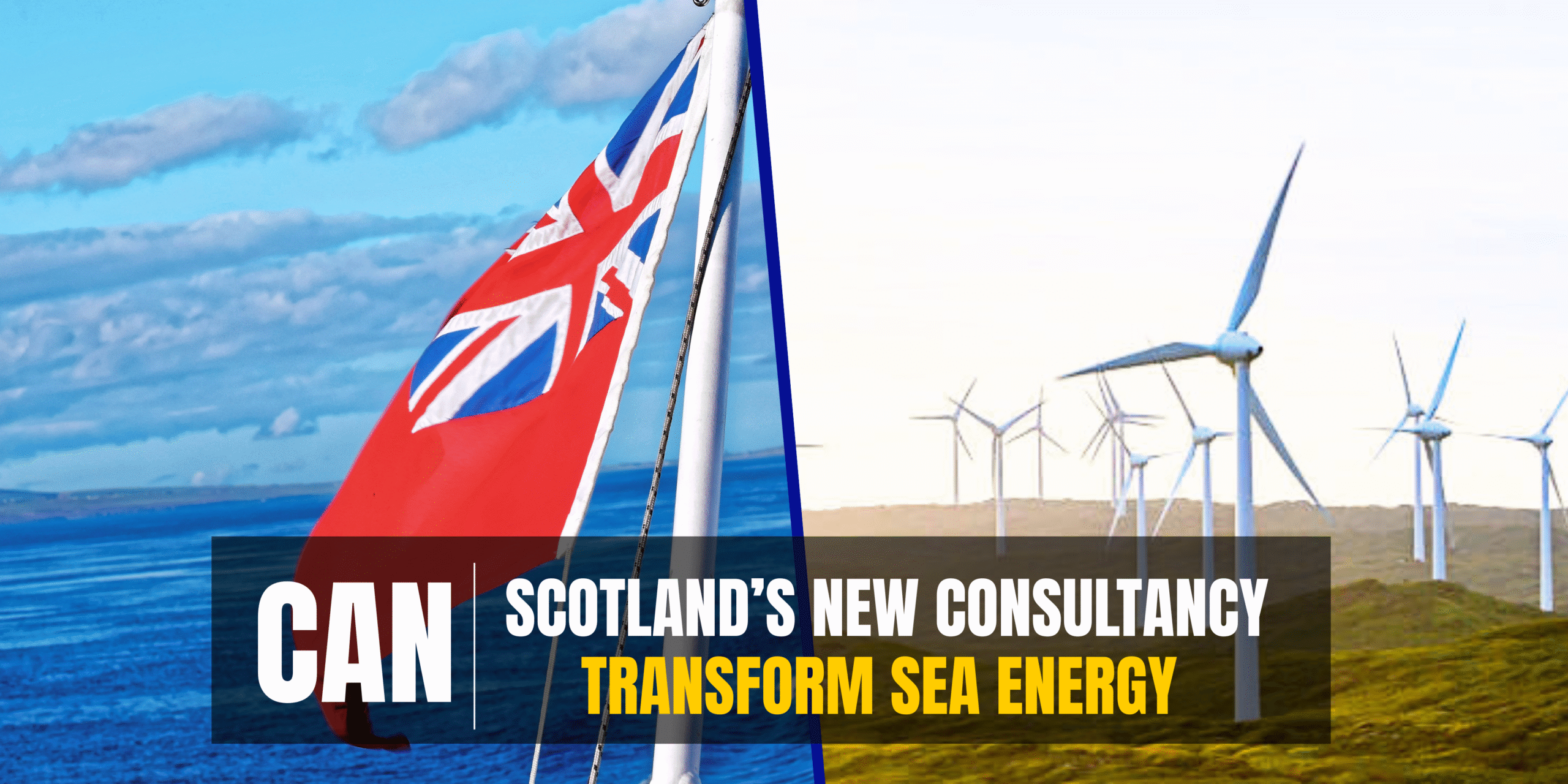Meta wind energy deal Texas — secured a 198 MW — expanding AI data center operations. It is part of a larger renewable energy purchase of Meta four 791 MW projects with Invenergy, one of the largest clean energy developers in the United States.
This latest Meta renewable energy deal in Texas is another milestone in the company’s clean power strategy and reflects Meta’s strategy to balance wind and solar power across multiple U.S. states, including a mix of power purchase agreements (PPAs) and environmental attributes purchase agreements (EAPAs) with onshore wind development, which will meet its data center sustainability goals.
As demand for AI infrastructure grows, Meta AI energy strategy is looking to large-scale onshore wind and solar projects nationwide, to secure reliable, low-carbon energy sources, reduce reliance on fossil fuels, and strengthen environmental credentials.
791 MW Clean Energy Push: A Nationwide Strategy for AI Growth
The 198 MW wind power deal in Texas is just one of a total of 791 megawatts (MW) of renewable energy purchases that Meta has tied up with Invenergy, one of the largest clean energy developers in the United States. The renewable energy projects will provide clean electricity to support Meta AI-powered data center network and nationwide.
| Project Name | State | Type | Capacity | Year |
| Yellow Wood Solar Energy Center | Ohio | Solar | 300 MW | 2027 |
| Pleasant Prairie Solar Center | Ohio | Solar | 140 MW | 2027 |
| Decoy Solar Energy Center | Arizona | Solar | 155 MW | 2027 |
| Seaway Wind Energy Center | Texas | Wind | 198 MW | 2028 |
This large-scale initiative reflects Meta AI energy strategy to balance onshore wind and solar power across multiple U.S. states, helping to reduce reliance on fossil fuels as well as supporting AI workloads that demand consistent, high-volume power.
The collaboration between energy and tech, Meta four 791 MW projects advanced investment in utility-scale renewable energy highlights how big tech companies are becoming major drivers of wind and solar development in the United States.
Why Meta Needs Wind Power
With the rise of generative AI and large-scale compute clusters, Meta’s data center footprint is growing — and so is its energy needs. Powering a sustainable AI infrastructure has become a top priority for the company. The 198MW wind power project – officially named the ‘Seaway Wind Energy Center’ – will provide 198 megawatts of wind power in a state already known for its wind leadership and is expected to be operational by 2028.

“Winning the AI race requires reliable, clean, affordable energy,” said Ted Romaine, EVP of Origination at Invenergy. “We are grateful for our continued relationship with Meta.”
The Meta Invenergy wind deal is just one part of a larger effort to decarbonize operations while maintaining uptime and performance at critical facilities. This isn’t Meta’s first rodeo in Texas wind. Earlier this year, the company signed several Environmental Performance Purchase Agreements (EAPAs) and solar contracts across the Lone Star State. Along with expanding AI, Meta renewable energy deal as its looking to wind energy solutions and other zero-emission sources to secure its digital infrastructure for the future.
It’s not just Meta that is reflecting the broader trend of advanced energy with the tech industry, with companies like Amazon, Google, and Microsoft racing to integrate clean energy into hyperscale data center operations. Just as technology is a reflection of renewable energy, green energy is also a reflection of energy. Larger companies are integrating the two, believing clean energy for AI.
Meta Wind Energy Deal Texas
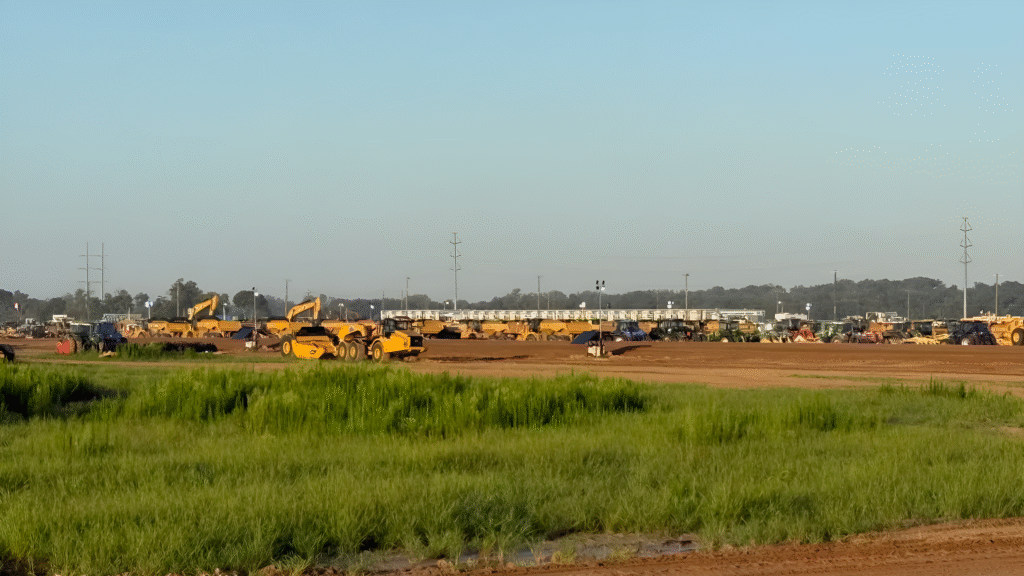
Meta’s 198 MW wind project in Texas is a significant investment, and it’s unclear whether the company secured the power through a traditional power purchase agreement (PPA) or a new environmental attributes purchase agreement (EAPA).
A PPA involves a commitment to purchase both electricity and associated renewable energy credits (RECs) from a clean energy project.
An EAPA, on the other hand, involves purchasing only environmental attributes – such as RECs – without taking a physical delivery of electricity.
Meta has increasingly supported EAPAs in recent years because of their flexibility. However, critics argue that EAPAs have a low direct climate impact, as they do not always result in the creation of new renewable energy.
Despite the controversy, Meta has used EAPAs to secure more than 1.5 gigawatts (GW) of clean energy capacity in the past year, helping it move toward its net zero and 100% renewable energy goals.
America’s Energy Transformation with Invenergy

Chicago-based Invenergy is the developer of the Seaway Wind Energy Center and other clean energy projects in the metro area. With a strong international presence across the US, UK and Asia, Invenergy has arguably one of the most diverse clean power portfolios worldwide. Here’s a quick look at what they’ve done in the US:
17.6 GW of wind power
6 GW of solar power
5.9 GW of natural gas (as a transitional fuel) and
300+ MW Battery storage
Having a big Renewable energy jobs bank in Texas
Invenergy has worked with Meta AI-powered data center as other technology and telecom giants including Verizon, which recently signed four virtual PPAs for 640 MW of renewable energy across Maryland, Illinois, Ohio and Arizona. So, Invenergy’s partnership with Meta with total 791 MW will put it at the forefront of a growing alignment between big tech and clean energy developers working together to shape the future of the U.S. power grid.

